Delhi: Pages From A Forgotten History
By: Arthur Dudney
-
Rs 760.75
- Rs 895.00
- 15%
You save Rs 134.25.
Due to constant currency fluctuation, prices are subject to change with or without notice.
The megacity that is today's delhi is built upon thick layers of history. For a millennium, delhi has been at the crossroads of trade, culture and politics. The stories of its buildings and great historical personalities have been told many timesbut this book approaches the past of india's capital through its literary culture. By focusing on writers and thinkers, we meet a colourful cast of characters only glancingly mentioned in political histories.many delhiites are surprised to learn that the language of their city's cultural heyday was persian. Despite first being brought to india by invaders, it eventually became an authentically indian language used in both administration and literature. Although it was cultivated by an elite, it was also a widely available language of aspiration and opportunity, like english today. It connected india to the wider world and the indian subcontinent, particularly delhi, was once a place where talented poets and scholars from the whole persian cultural world - from turkey to eastern china came to make their fortunes. Its traces remain everywhere but persian is effectively a dead language in india today.
| Book | |
| What's in the Box? | 1 x Delhi: Pages From A Forgotten History |
The megacity that is today's delhi is built upon thick layers of history. For a millennium, delhi has been at the crossroads of trade, culture and politics. The stories of its buildings and great historical personalities have been told many timesbut this book approaches the past of india's capital through its literary culture. By focusing on writers and thinkers, we meet a colourful cast of characters only glancingly mentioned in political histories.many delhiites are surprised to learn that the language of their city's cultural heyday was persian. Despite first being brought to india by invaders, it eventually became an authentically indian language used in both administration and literature. Although it was cultivated by an elite, it was also a widely available language of aspiration and opportunity, like english today. It connected india to the wider world and the indian subcontinent, particularly delhi, was once a place where talented poets and scholars from the whole persian cultural world - from turkey to eastern china came to make their fortunes. Its traces remain everywhere but persian is effectively a dead language in india today.
Zubin Mehta: A Musical Journey (An Authorized Biography)
By: VOID - Bakhtiar K. Dadabhoy
Rs 892.50 Rs 1,050.00 Ex Tax :Rs 892.50
Alice's Adventures in Wonderland: Panorama Pops
By: Lewis Carroll
Rs 590.75 Rs 695.00 Ex Tax :Rs 590.75
Islamic Revival in British India Deoband 1860 1900
By: Barbara D. Metcalf
Rs 1,165.50 Rs 1,295.00 Ex Tax :Rs 1,165.50
Alice's Adventures in Wonderland: Panorama Pops
By: Lewis Carroll
Rs 590.75 Rs 695.00 Ex Tax :Rs 590.75
Islamic Revival in British India Deoband 1860 1900
By: Barbara D. Metcalf
Rs 1,165.50 Rs 1,295.00 Ex Tax :Rs 1,165.50
RALLYING FOR RULES: Parents Versus Private Schools
By: Rehan Ali
Rs 765.00 Rs 900.00 Ex Tax :Rs 765.00
Imposter 13: The explosive finale to the Sleeper 13 trilogy - (PB)
By: Rob Sinclair
Rs 1,610.75 Rs 1,895.00 Ex Tax :Rs 1,610.75
Zubin Mehta: A Musical Journey (An Authorized Biography)
By: VOID - Bakhtiar K. Dadabhoy
Rs 892.50 Rs 1,050.00 Ex Tax :Rs 892.50
Alice's Adventures in Wonderland: Panorama Pops
By: Lewis Carroll
Rs 590.75 Rs 695.00 Ex Tax :Rs 590.75
Islamic Revival in British India Deoband 1860 1900
By: Barbara D. Metcalf
Rs 1,165.50 Rs 1,295.00 Ex Tax :Rs 1,165.50












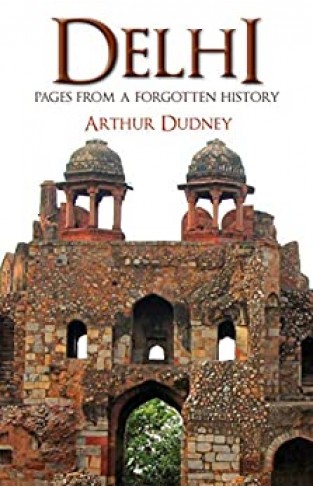
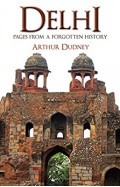
-120x187.jpg?q6)







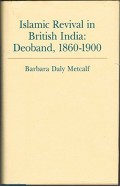
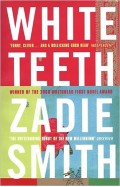


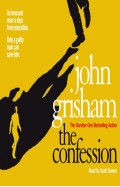
-120x187.jpg?q6)
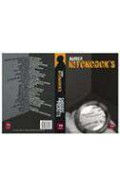
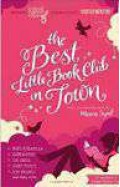
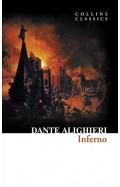
-120x187.jpg?q6)


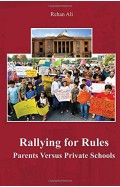
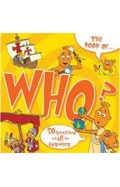
-120x187.jpg?q6)
